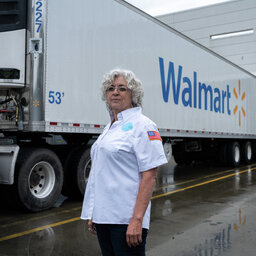Insurers Are Struggling to Keep Up With Disasters Like Helene and Milton
In recent weeks, two monster storms have pummeled the US. Hurricanes Helene and Milton left more than 200 dead — and early estimates suggest the recovery could cost more than $100 billion. It’s a huge strain on affected homeowners and the insurance industry that’s meant to shoulder some of that burden.
On today’s Big Take podcast, Bloomberg’s Leslie Kaufman joins host David Gura to talk about the increasing severity and frequency of extreme weather events, and how the new normal is changing the calculus for insurers.
Read more: Federal Flood Maps Are No Match for Florida’s Double Hurricane
 Big Take
Big Take


